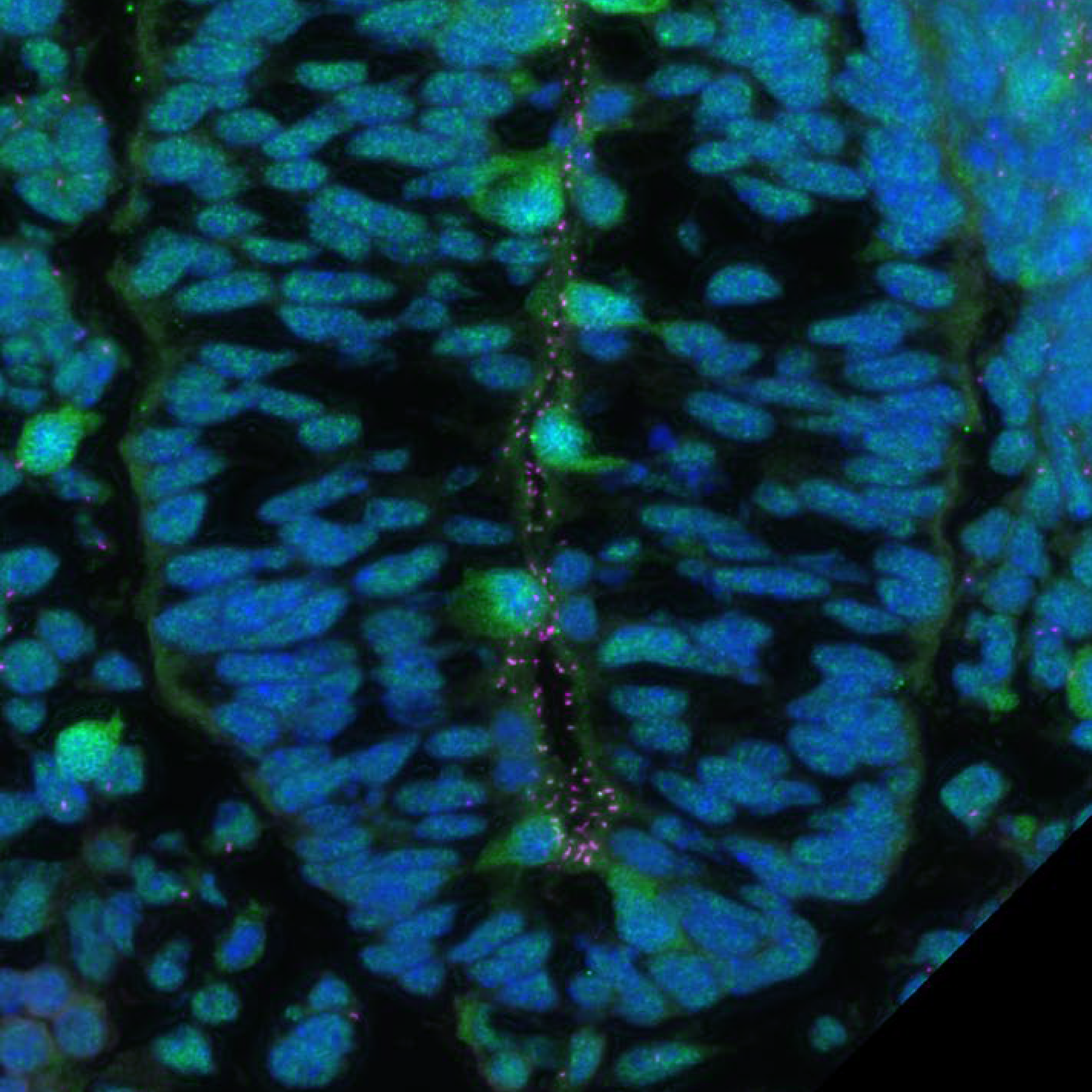
New Roles for Lipids and Kinases in Signal Transduction
Our work on Hh has led to new principles regarding how lipids can bind to and activate membrane receptors, and how membrane receptors can signal to kinases. We are now using these principles to unravel the signaling mechanisms in a variety of other signaling pathways, including G protein-coupled receptor cascades critical throughout human health and physiology. These studies will dramatically increase our understanding of many different health- and disease-relevant signaling pathways. They will also help us engineer better drugs to effectively control transmembrane protein activity while minimizing issues like drug resistance and side effects.
A structural mechanism for Hh signal transduction by the SMO/PKA-C complex. pdf
Glossary
-
Glioma associated proteins - a group of transcription factors which regulate expression of Hedgehog target genes. Phosphorylation of GLI proteins by PKA-C leads to their degradation while the activation of SMO receptor helps retain their function.
-
G-protein coupled receptor - a group of eukaryotic membrane receptors consisting of seven transmembrane domains and commonly couple with G proteins to transmit extracellular signals.
-
A group of proteins that interact with G-protein coupled receptors to transmit signals from various extracellular stimuli. They have the ability to bind to and convert GTP (guanosine triphosphate) to GDP (guanosine diphosphate).
-
A signaling pathway involving hedgehog proteins that plays central roles in embryonic development and proper cell differentiation. Abnormalities in this pathway could lead to cancer.
-
Catalytic subunit of protein kinase A - a cAMP-dependent kinase protein that phosphorylates glioma-associated (GLI) transcription factor downstream of the Hedgehog signaling pathway, which leads to the degradation of GLI and suppresses Hedgehog target genes expression.
-
Protein kinase inhibitor motif - a region in mouse Smoothened protein cytosolic tail that directly interacts and inhibits PKA-C activity by acting as a pseudosubstrate.
-
A non-motile membrane protrusion present in many mammalian cell types. It serves as a specialized compartment for many physiological processes, including various signal transduction pathways like Hedgehog.
-
Smoothened - a class F G-protein coupled receptor that is central in the Hedgehog signaling pathway. A noncanonical GPCR, SMO directly binds to its effector protein PKA-C via a pseudosubstrate motif in its cytosolic tail, leading to the activation of Hedgehog target genes downstream.

Our Research Interests
-

Hedgehog Signal Transduction
-

The Primary Cilium
-

New Roles for Lipids and Kinases in Signal Transduction

